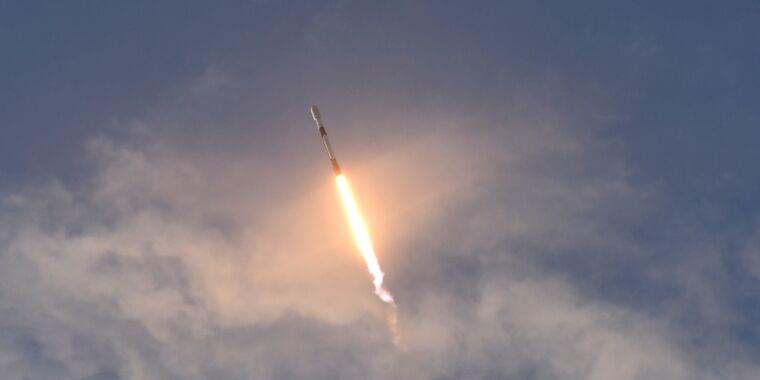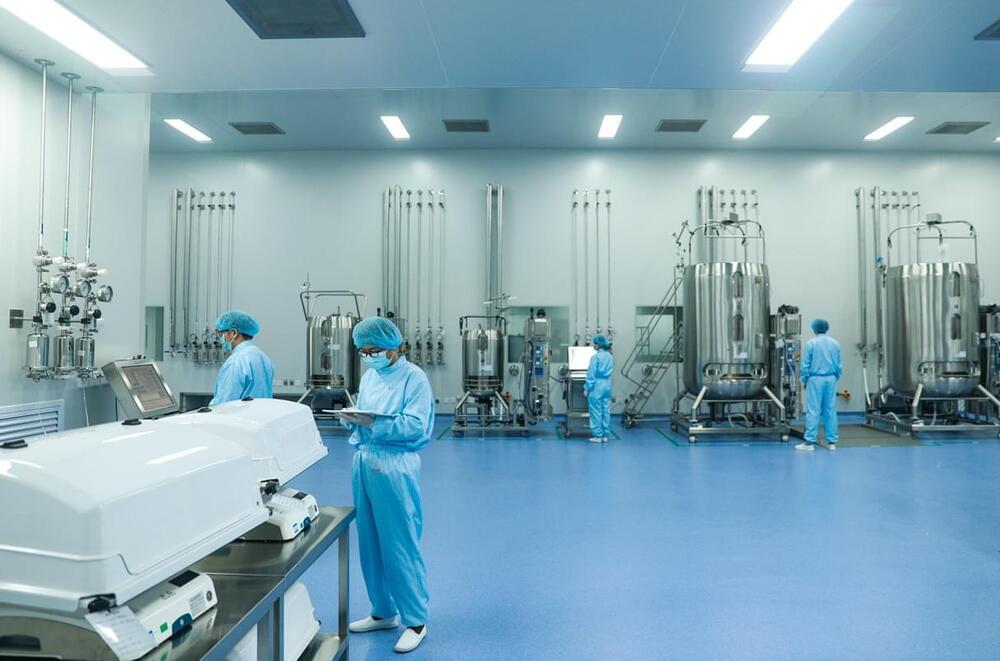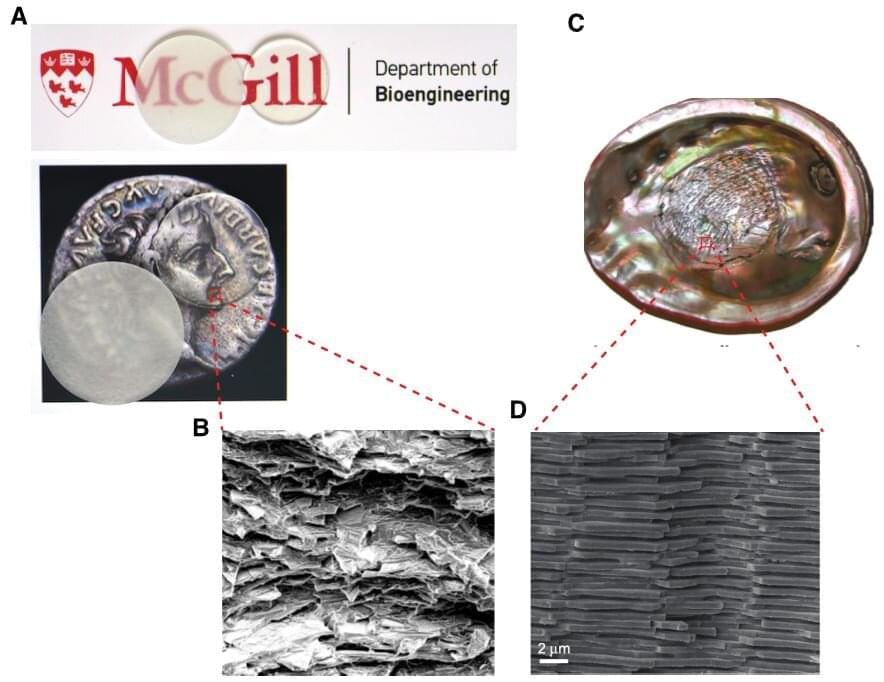Page 4831
Sep 29, 2021
Can China really be on Mars before SpaceX or NASA?
Posted by Kelvin Dafiaghor in categories: 3D printing, cryptocurrencies, finance, media & arts, space travel
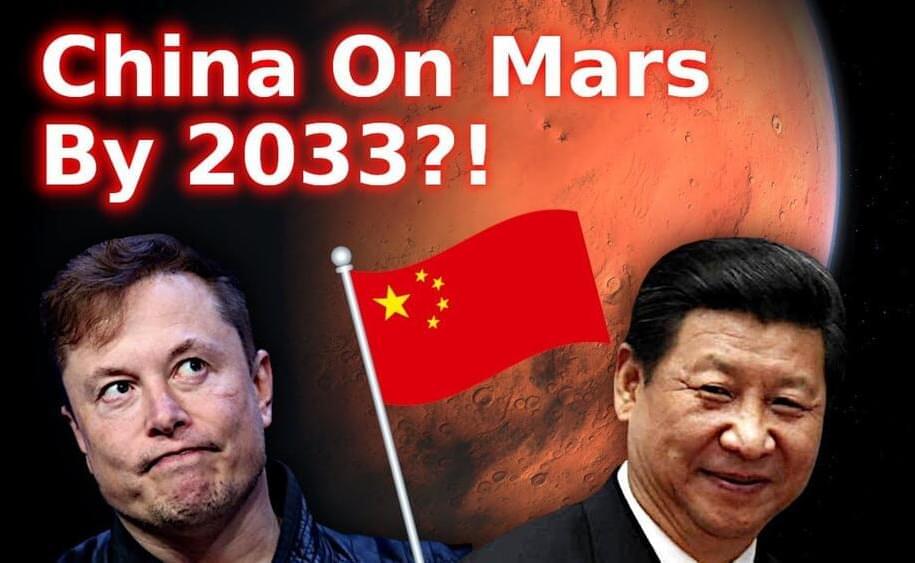
What do you think Chris Smedley.
⭐️ Join our Discord server! https://discord.gg/AYcSYdTBFG
Continue reading “Can China really be on Mars before SpaceX or NASA?” »
Sep 29, 2021
Self-replicating protocells created in lab may be life’s “missing link”
Posted by Jason Blain in categories: biological, chemistry, evolution
A possible explanation for life from nonliving material.
Exactly how life first emerged from non-living matter is one of the most enduring mysteries of science. In a new study, Japanese scientists have created self-replicating protocells in the lab, which they say could represent the “missing link” between chemistry and biology.
Primitive Earth was covered with a sludgy mix of chemicals, containing organic molecules that formed the precursors for vital biological components like proteins and amino acids. There are several different hypotheses for how and where life sprang out of this soup, but one of the first ideas was known as chemical evolution, which is what the new study investigated.
Continue reading “Self-replicating protocells created in lab may be life’s ‘missing link’” »
Sep 29, 2021
Where Do We Fit in the Cosmic Scheme and Where Are We Headed?
Posted by Alex Vikoulov in categories: quantum physics, robotics/AI, singularity
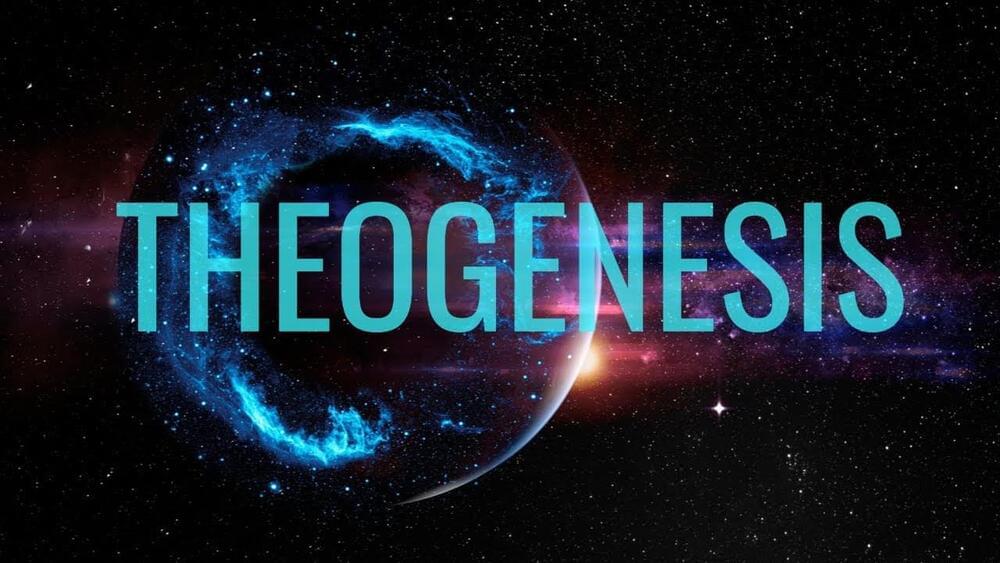
Topological quantum computing is probably one of the most promising fields of the future which would greatly boost machine learning that already employs combined elements of cognitive, evolutionary and neuromorphic engineering. Post-singularity artificial superintelligence could have complete access to their own source code — a level of self-awareness presently beyond human capability. That would allow the post-singularity syntelligence to create myriad virtual worlds right out of its own superimagination. We can’t completely rule out a possibility that we’re part of that simulated reality right now. At the same time, we ourselves are moving towards the point of Theogenesis where we can rightly call ourselves cybergods.
#THEOGENESIS #CyberneticTheoryofMind #QuantumCosmology #ComputationalPhysics #posthumanism #cybernetics #theosophy #futurism
Continue reading “Where Do We Fit in the Cosmic Scheme and Where Are We Headed?” »
Sep 29, 2021
New Chinese vaccine could bolster global arsenal
Posted by Poopeh Morakkabati in category: biotech/medical
Sep 29, 2021
NASA’s Lucy Mission Prepares for Launch To Study “Fossils” of Planet Formation
Posted by Genevieve Klien in categories: energy, space
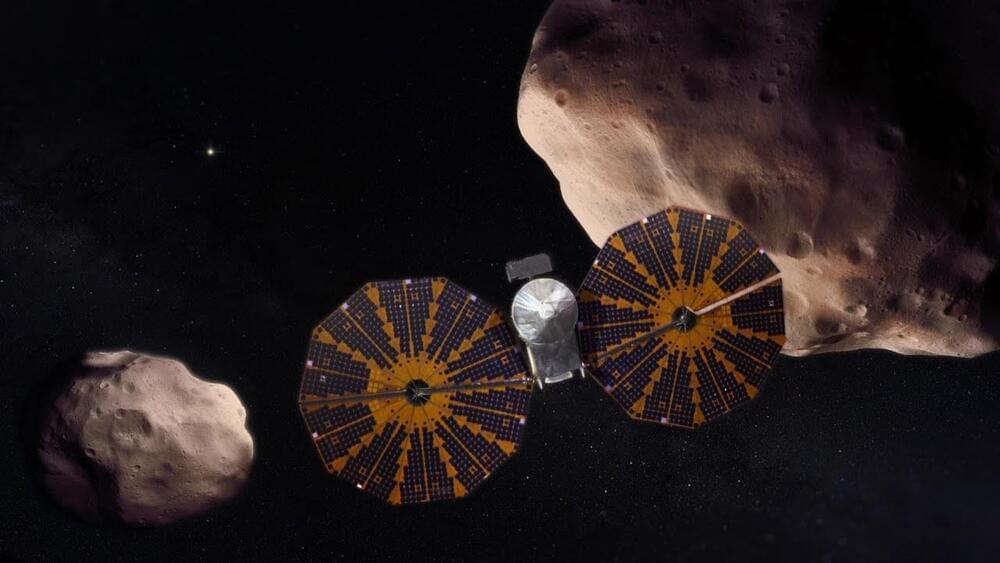
NASA has tested the functions of Lucy, the agency’s first spacecraft to study Jupiter’s Trojan asteroids, filled it with fuel, and is preparing to pack it into a capsule for launch Saturday, October 16 2021. Named after characters in Greek mythology, these asteroids circle the Sun in two swarms, with one group leading ahead of Jupiter in its path, the other trailing behind it. Lucy will be the first spacecraft to visit these asteroids. By studying these asteroids up close, scientists hope to hone their theories on how our solar system’s planets formed 4.5 billion years ago and why they ended up in their current configuration.
Sep 29, 2021
WHO and partners call for urgent action on meningitis
Posted by Jason Blain in categories: biotech/medical, economics, health
Today, the World Health Organization (WHO) and partners launched the first ever global strategy to defeat meningitis — a debilitating disease that kills hundreds of thousands of people each year. By 2,030 the goals are to eliminate epidemics of bacterial meningitis – the most deadly form of the disease – and to reduce deaths by 70% and halve the number of cases. The organizations estimate that in total, the strategy could save more.
Than 200,000 lives annually and significantly reduce disability caused by the disease. This strategy, the Global Roadmap to Defeat Meningitis by 2,030 was launched by a broad coalition of partners involved in meningitis prevention and control at a virtual event, hosted by WHO in Geneva. Its focus is on preventing infections and improving.
Care and diagnosis for those affected.“Wherever it occurs, meningitis can be deadly and debilitating; it strikes quickly, has serious health, economic and social consequences, and causes devastating outbreaks,” said Dr Tedros Adhanom Ghebreyesus, WHO Director-General.
Sep 29, 2021
Clues to the Origins of Life in Our Solar System
Posted by Alan Jurisson in categories: chemistry, drones, space
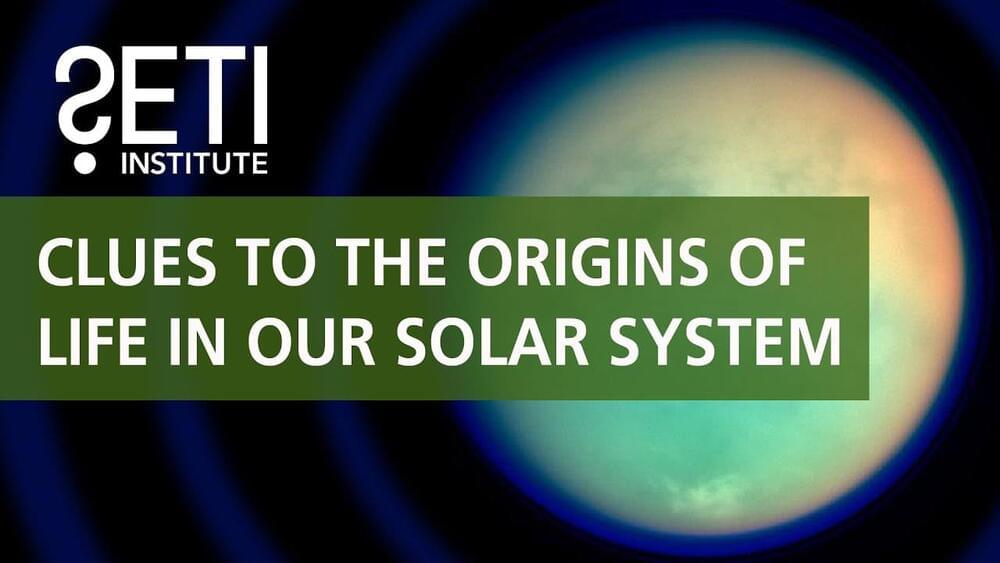
When people think about the search for life beyond Earth they often think about looking beyond our solar system and even beyond our galaxy. But what about looking closer to home? Titan, Saturn’s largest moon has a dense atmosphere, an internal liquid water ocean, and stable bodies of liquid methane on its surface. While we have not found any evidence of life on Titan, its chemistry and environment make it an interesting place to explore. Europa is a moon of Jupiter with a water-ice crust and liquid ocean underneath. Its atmosphere is very thin, but it’s composed mostly of oxygen.
Zibi (Elizabeth) Turtle is the principal investigator of the Dragonfly mission which will land a drone-like vehicle on Titan to conduct sorties to sample and examine sites around Titan. Morgan Cable is also on the Dragonfly Team, and both Zibi and Morgan are working on the Europa Clipper mission which will perform reconnaissance of Europa to investigate whether it could have conditions suitable for life. Join Zibi and Morgan, along with SETI Institute planetary astronomer Franck Marchis for their discussion about what makes Titan and Europa such intriguing places to search for clues about the origins of life in our solar system.
Continue reading “Clues to the Origins of Life in Our Solar System” »
Sep 29, 2021
New clues hint that young boys who get serious viral infections might be more likely to develop autism
Posted by Jason Blain in categories: biotech/medical, genetics, neuroscience
The mouse study even offers a possible explanation as to why: Childhood infections may cause the body to over-express genes that code for microglia, the central nervous system’s primary immune cells. That, in turn, can affect brain development, which could be at play in some traits commonly associated with autism, such as difficulty communicating verbally or recognizing familiar faces.
So the researchers experimented with drugs that target microglia, and found that they not only prevented those social issues in adult mice — they might have reversed them.
Among boys genetically predisposed to autism, a severe childhood infection could make that diagnosis more likely.
Sep 29, 2021
Unbreakable glass inspired by seashells
Posted by Jason Blain in categories: bioengineering, biological
Amazingly, nacre has the rigidity of a stiff material and durability of a soft material, giving it the best of both worlds,” he explains. “It’s made of stiff pieces of chalk-like matter that are layered with soft proteins that are highly elastic. This structure produces exceptional strength, making it 3,000 times tougher than the materials that compose it.
Scientists from McGill University develop stronger and tougher glass, inspired by the inner layer of mollusk shells. Instead of shattering upon impact, the new material has the resiliency of plastic and could be used to improve cell phone screens in the future, among other applications.
While techniques like tempering and laminating can help reinforce glass, they are costly and no longer work once the surface is damaged. “Until now there were trade-offs between high strength, toughness, and transparency. Our new material is not only three times stronger than the normal glass, but also more than five times more fracture resistant,” says Allen Ehrlicher, an Associate Professor in the Department of Bioengineering at McGill University.
Continue reading “Unbreakable glass inspired by seashells” »
